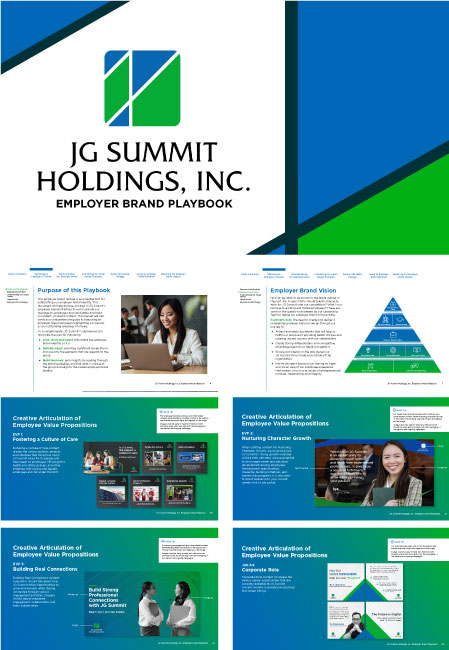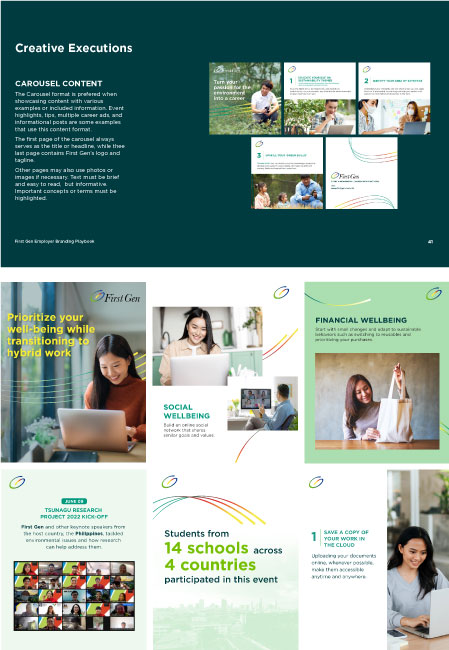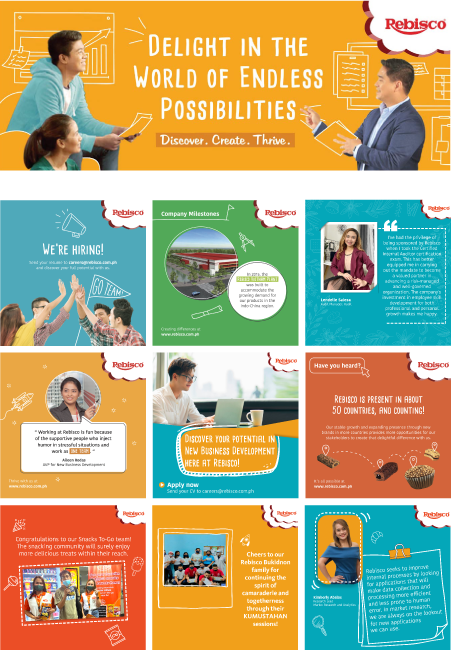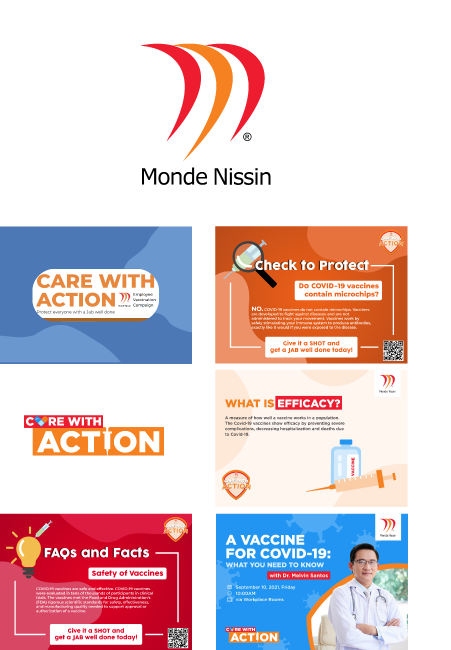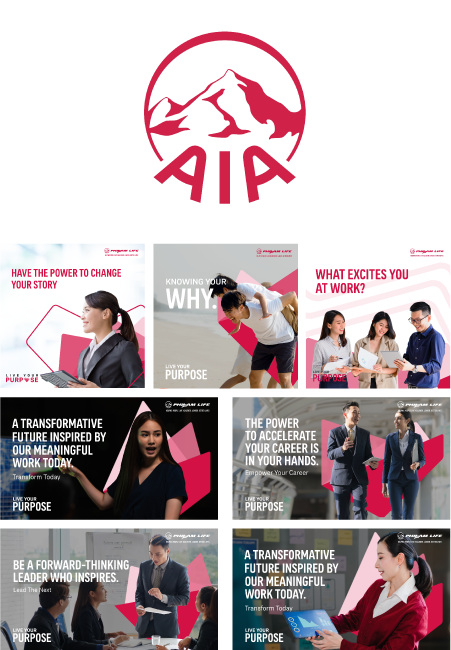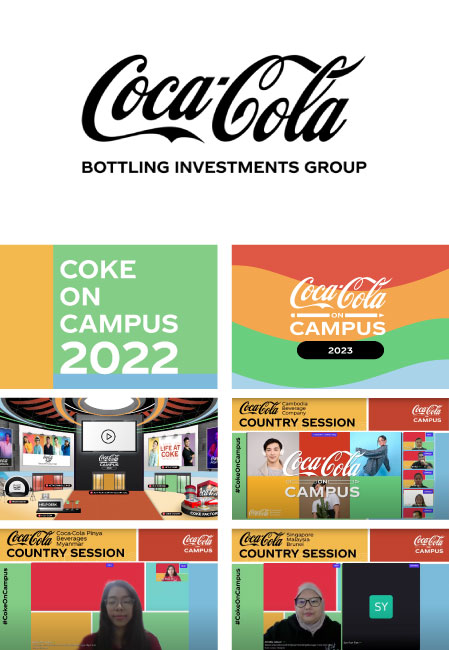The Agile Talent Management Industry
The rules have changed — the word agile is not only used in the tech industry anymore. As the world progresses and businesses innovate, areas and functions in organizations continue to transform and become more agile than ever.
Merging new technologies and traditional processes becomes a standard part of the framework to sustain business continuity. The more capable and agile a company is in terms of transforming its processes, the better chances of succeeding in this fast-paced world of business.
Organizational workforces continue to diversify and work cross functionally, requiring companies to integrate an agile approach to simplify yet deliver quality results in its human resource processes. As well as being used in product development and marketing, the agile approach is now used in talent management. It speeds up the recruitment process, improves collaboration among hiring teams, and provides good candidate experience by presenting real-time feedback.
Here are some areas where we can see big changes and sweet spots for implementing agile approached:

Recruitment
Technology in recruitment connects different stages of an organisation recruitment process, from talent sourcing, assessments, to virtual interviews for potential candidates.
Hiring technologies like gamified assessments, video interview software, and online skills assessments are quickly being embraced by leaders in the HR industry. These innovations have taken the assessment of potential candidates to a whole new level of accuracy, relevance, and efficiency.
Companies now do not only rely to face to face interviews and putting talents in a testing room. These new recruitment tools can level up your whole recruitment game, improving both the company’s efficiency in recruiting top talent and improving the entire candidate experience.
![[WEBSITE] The Agile Talent Management Industry](https://talentview.asia/wp-content/uploads/WEBSITE-The-Agile-Talent-Management-Industry.png)
Teams
Organisations are now working on their projects and managing talent systems in teams focused on specific areas. They use scrums, where they set values and practices to work efficiently as they deliver maximum results.
A scrum is a term commonly used in an agile framework to deliver and sustain complex products. In the context of human resources, the idea is to consider each member of a team as an important factor to continuously create, execute, and revise goals and tasks to quickly adapt to the pre-existing and pressing conditions.
This is where peer learning and multidirectional feedback comes into play. Organisations with agile talent management departments have created an environment where constructive feedback is welcomed by each employee regardless if it comes from a manager or their teammates.

Learning and Development
Bringing new skills into organisations has become quicker and more accessible, thanks to the existence of online learning modules. More organisations are taking L&D due to its significant impact on the workforce’s competencies, flexibility, and adaptability. These organisations believe that preparing their employees to quickly change gears and travel a new path is one way of ensuring success no matter what challenges come into place.

Performance Appraisals
A 2016 study of the Corporate Executive Board shows that employees receive less feedback and support when employers drop annual reviews. According to employees, frequent performance reviews allow employees and teams to meet expectations and future needs of the organisation.
Employees and teams tend to now work on short-term projects, requiring companies to conduct performance feedback more often.
Many organisations conduct assessments project by project. Appraisals aim to help employees and teams to identify and learn from mistakes, improve performance, and learn through iteration–all key agile principles.

Coaching
Businesses that effectively adopt agile talent practices have invested in sharpening their managers’ coaching skills. A well-trained and highly skilled manager can be an effective coach to their colleagues. This is where the intent of sustaining continuous development becomes important.
Business leaders realize that by enhancing their team-leading employees, they are just one step away from having a more competent and agile workforce.
Talent management has become quicker and more receptive to changes brought by various situations. With new technologies available and the continuous expansion of our understanding of proper people management, being agile is not impossible for any organization.
This article first appeared on Talegent website:
https://talegent.com/blog/the-agile-talent-management-industry/
TalentView is an official partner of Talegent in the APAC region.
DOWNLOAD THE TALEGENT GAMIFICATION ASSESSMENT REPORT

Get the report to see how Talegent can help you using gamification to assess your candidates.






